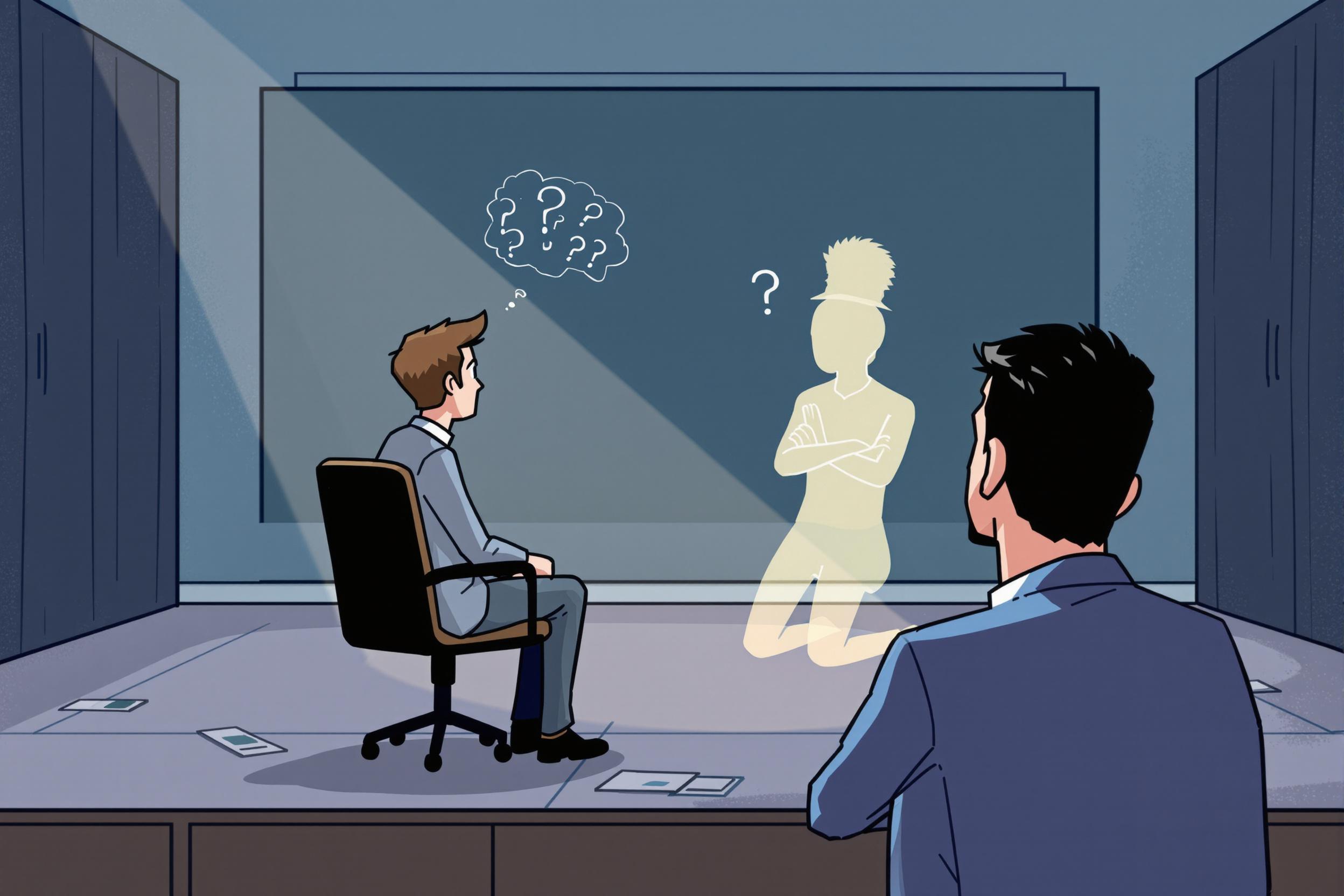
Breath Hold
Breath Hold is a fundamental skill in snorkeling and freediving where a person can safely stay underwater without breathing for extended periods. It's a teachable technique that combines proper breathing methods, relaxation, and safety practices. Instructors need to understand and teach this skill while emphasizing safety protocols to prevent shallow water blackout and other risks. When you see this term in resumes, it often indicates experience in teaching water safety and snorkeling techniques. Other common names for this include breath-holding, apnea training, or breath control.
Examples in Resumes
Certified instructor for Breath Hold and snorkeling safety techniques
Developed Breath Hold training programs for beginner to advanced students
Led Breath Hold workshops and safety demonstrations for groups of 20+ students
Conducted Breath-Holding assessments and skill development courses
Typical job title: "Breath Hold Instructors"
Also try searching for:
Where to Find Breath Hold Instructors
Professional Organizations
Online Communities
Job Resources
Example Interview Questions
Senior Level Questions
Q: How do you design a comprehensive breath hold training program that ensures both progression and safety?
Expected Answer: A senior instructor should discuss creating structured programs with proper assessment methods, safety protocols, emergency response plans, and progression tracking. They should emphasize the importance of individual student assessment and customization of training.
Q: What safety systems do you implement when teaching advanced breath hold techniques?
Expected Answer: Should describe buddy systems, supervision protocols, risk assessment, emergency response procedures, and methods for monitoring student stress levels and physical conditions.
Mid Level Questions
Q: How do you adapt breath hold training for students with different fitness levels?
Expected Answer: Should explain how to assess student capabilities, modify training intensity, set appropriate goals, and maintain safety while accommodating different skill levels.
Q: What signs indicate a student should stop breath hold training during a session?
Expected Answer: Should discuss recognition of physical and mental stress signals, understanding safe limits, and knowing when to intervene for student safety.
Junior Level Questions
Q: What are the basic safety rules for teaching breath hold exercises?
Expected Answer: Should mention never practicing alone, always having supervision, starting in shallow water, and following progressive training methods.
Q: How do you introduce breath hold concepts to beginning students?
Expected Answer: Should describe basic relaxation techniques, proper breathing methods, and simple exercises to build student confidence and comfort in the water.
Experience Level Indicators
Junior (0-1 years)
- Basic water safety knowledge
- Understanding of breathing techniques
- Basic rescue skills
- Ability to demonstrate proper form
Mid (2-4 years)
- Advanced safety protocols
- Group instruction experience
- Emergency response management
- Training program development
Senior (5+ years)
- Comprehensive program design
- Risk management expertise
- Instructor training ability
- Emergency response leadership
Red Flags to Watch For
- No formal safety certification
- Lack of emergency response training
- No experience with student assessment
- Poor understanding of risk management
- Missing water safety credentials
Need more hiring wisdom? Check these out...

From Passive to Active: Nurturing Candidates Over the Long Haul

Ghostbusting in Recruitment: How to Keep Candidates Engaged

Resume Optimizations that Candidates Do to Get Past AI Hiring Filters

